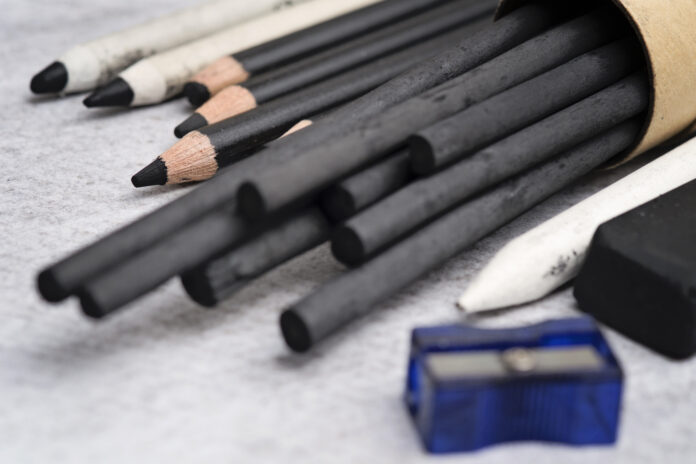Drawing charcoal isn’t an easy medium to start with. Charcoal can be hard to control and manipulate depending on the type the artist is using.
Each type of drawing charcoal has its own advantages and disadvantages. For example, willow and vine charcoal don’t contain any binder making it difficult for them to stick to the paper.
However, they’re perfect for blending. Compressed charcoal comes in sticks and contains a binder but is hard to smooth out and erase.
That’s why many beginners prefer using graphite pencils or acrylic paints. But if you’re dead set on choosing charcoal as your medium, these tips will surely help you out. Here are 10 useful tips all drawing charcoal users should keep in mind.
Don’t Start With Dark Tonal Values
Start with mid to lighter tones and work up to create your shadows. Lighter tones are easier to manipulate and work your way up to dark values than toning down dark tonal values. It gives you more control over how dark the shadows you create.
Hold Drawing Charcoal Similar To A Pencil
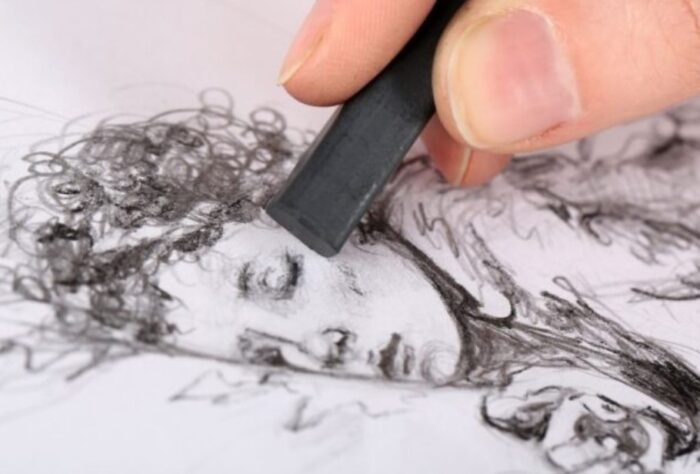
Hold your charcoal like how you’re holding your pencils. This way, you’ll be comfortable while making your charcoal portrait and drawing.
Also, you’ll be able to create accurate, detailed lines without putting too much pressure on your hands, fingers, and wrist.
As you practice and hone your skills, you’ll be more comfortable using your drawing charcoal and creating your art.
Use Your Shoulders And Elbows
Keep your wrist in one place and start drawing by moving your shoulders and elbows. Try different movements to find where your wrists are comfortable.
Once you find the right, comfortable rhythm for you, work on it and practice until your muscle remembers.
This way you’ll prevent transfer, smudging, and spreading which can damage your realistic and beautiful charcoal artwork.
Don’t Focus On One Spot
Focusing on one spot or detail can actually prevent you from seeing the big picture and other details of your charcoal drawings.
As an artist, you must consider the overall look and effect of your composition. And if you focus or spend too much of your time on one spot or detail, you’ll have less energy or creativity to spend on other aspects of your artwork.
Use Gentle Pressure When Using Charcoal
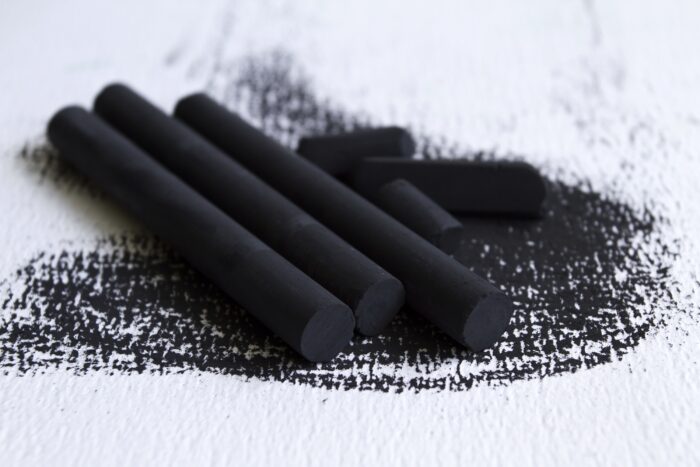
Drawing charcoal is a versatile and excellent medium for creating drawings, portraits, and sketches. However, charcoal can be fragile, delicate, and break easily, especially if it doesn’t contain any binder.
That’s why be careful when handling charcoal to prevent them from breaking. Don’t use too much pressure and squeeze too tight when holding charcoal.
Experiment With Materials
There are different types and forms of charcoal — compressed, compressed, powder, pencils, and tinted. For beginners, it’s highly recommended to try and experiment with different materials, tools, and drawing charcoal.
This helps you find the combination, tools, medium, and materials that fit your style and preferences. Experiment with different erasers, blending tools, papers, sanding blocks, fixative sprays, and more.
Try different combinations and find out which tools and materials work with which. Then, narrow down your options and select the medium, type of drawing charcoal, tools, and other materials.
Step Away Often
It’s easy and common for beginners to fuss over their artwork. This is totally normal because artists want to create a masterpiece.
However, spending too much time or all of your time creating shadows and blending that they end up camouflaging the previous marks they created.
This leads to inconsistent and incohesive tonal values and shadows or damaged papers. Sometimes, the best way to make stunning, cohesive charcoal drawings is to step away often to freshen up your eyes and perspective.
Stick To Your Concept
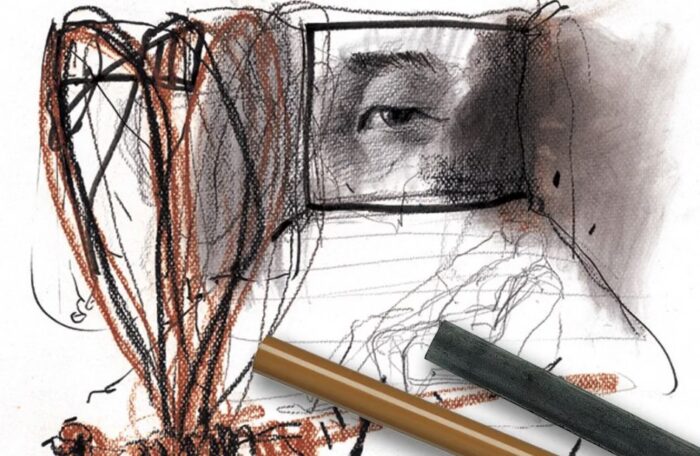
Start with visualizing what you want to create and map out your composition. When you map out your artwork, you’ll have a clear path and idea of how you want your charcoal drawings to look.
Your composition can act as your guide while you create your charcoal drawings. It also prevents you from going overboard.
However, you must stick to your concept and composition to help you focus on what matters and the message you want to convey through your drawings.
Learn When To Stop
Aspiring or new artists tend to focus too much on their art. This can be a good and bad thing. Good because you’ll be able to create beautiful charcoal drawings.
However, if you don’t know where and when to stop, it’s easy to get lost in the process. Also, putting too much time and effort into one charcoal drawing can be more bad than good.
You might be adjusting or adding unnecessary details to an already beautiful, detailed charcoal artwork. Learn when to walk away and move on to your next project.
Don’t Skip Fixatives
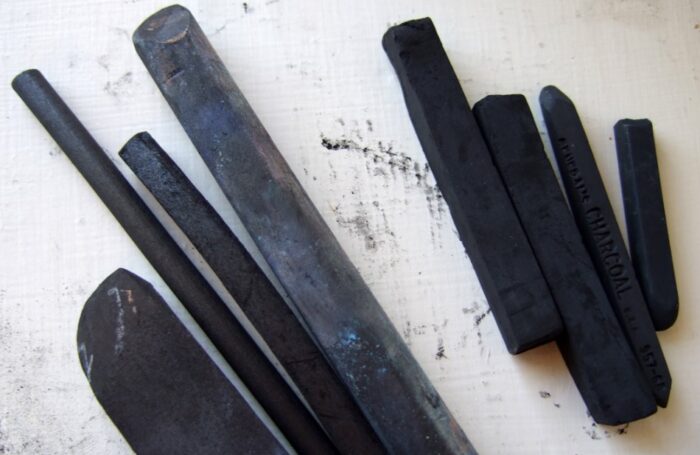
Drawing charcoal is easy to transfer, smudge, and spread, especially if it contains less or no binder. The binder is the one responsible for keeping the charcoal particles in place on the paper.
However, even if charcoal contains a binder, it can easily smudge or transfer. To prevent this from happening, fixative sprays are needed. Don’t forget to apply fixatives to lock the charcoal particles in place.
Charcoal is an excellent and versatile medium for artists. And with enough practice, tools, materials, patience, and these tips, even beginners can master this medium.

